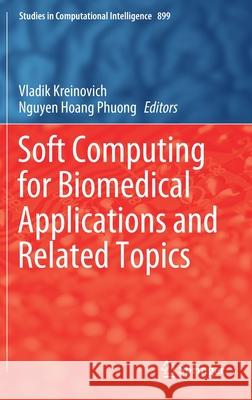Soft Computing for Biomedical Applications and Related Topics » książka
topmenu
Soft Computing for Biomedical Applications and Related Topics
ISBN-13: 9783030495350 / Angielski / Twarda / 2020 / 329 str.
Soft Computing for Biomedical Applications and Related Topics
ISBN-13: 9783030495350 / Angielski / Twarda / 2020 / 329 str.
cena 401,58
(netto: 382,46 VAT: 5%)
Najniższa cena z 30 dni: 385,52
(netto: 382,46 VAT: 5%)
Najniższa cena z 30 dni: 385,52
Termin realizacji zamówienia:
ok. 22 dni roboczych
Dostawa w 2026 r.
ok. 22 dni roboczych
Dostawa w 2026 r.
Darmowa dostawa!
Kategorie:
Kategorie BISAC:
Wydawca:
Springer
Seria wydawnicza:
Język:
Angielski
ISBN-13:
9783030495350
Rok wydania:
2020
Wydanie:
2021
Numer serii:
000318395
Ilość stron:
329
Waga:
0.65 kg
Wymiary:
23.39 x 15.6 x 2.06
Oprawa:
Twarda
Wolumenów:
01
Dodatkowe informacje:
Wydanie ilustrowane











